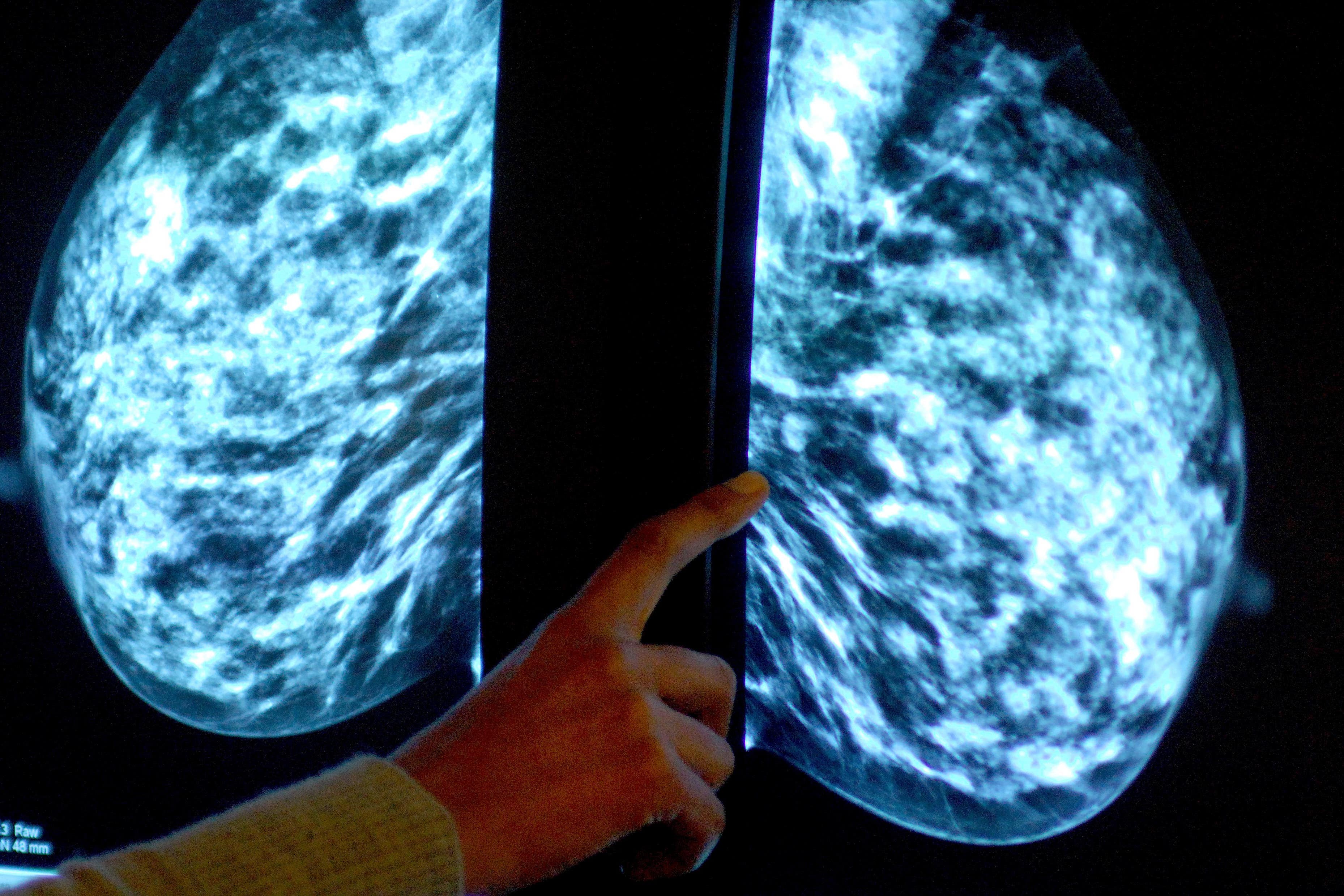Tiny device fit inside bras could save thousands of lives
It is hoped the technology could help save patients’ lives in the future

Your support helps us to tell the story
From reproductive rights to climate change to Big Tech, The Independent is on the ground when the story is developing. Whether it's investigating the financials of Elon Musk's pro-Trump PAC or producing our latest documentary, 'The A Word', which shines a light on the American women fighting for reproductive rights, we know how important it is to parse out the facts from the messaging.
At such a critical moment in US history, we need reporters on the ground. Your donation allows us to keep sending journalists to speak to both sides of the story.
The Independent is trusted by Americans across the entire political spectrum. And unlike many other quality news outlets, we choose not to lock Americans out of our reporting and analysis with paywalls. We believe quality journalism should be available to everyone, paid for by those who can afford it.
Your support makes all the difference.Scientists are developing a tiny device which could fit inside a bra that could save thousands of lives.
It is hoped the device could help save patients’ lives in the future by monitoring tumour growth in real-time.
It would monitor whether a breast cancer tumour is growing.
A team in Nottingham Trent University’s (NTU) Medical Technologies Innovation Facility is working to create the technology which will use a form of electrical current that can scan and detect tiny changes in fluids inside and outside of the cells.
Tumour tissue is more dense than healthy tissue and contains less water, so the device will be able to measure tumour changes and growth – down to as little as 2mm.
It is hoped the non-invasive technology – which the researchers say could be used as an insert into a patient’s bra or potentially developed as a new bra incorporating the device – would be used alongside treatment and other regular checks and scans.
Data would be recorded and fed back to the wearer and clinician via smartphone so that assessments can be made about growth.
Researchers hope this could help reduce the need for so many other checks and save money for health services.
Ongoing monitoring is important as tumour growth can vary significantly between patients and it is very difficult to monitor precisely, particularly under 1cm.
MRI scans can be months apart, the researchers say, and there could be significant growth between hospital visits.

Dr Yang Wei, an expert in electronic textiles and electronic engineering in NTU, said: “The technology would measure changes in breast tissue and help improve a patient’s chance of survival.
“Breast cancer can grow so quickly, it could be 1mm in six months or 2mm in six weeks. This would be an additional measure to see how fast the tumour grows.
“We are opening the door to the investigation of an alternative breast cancer detection that could be done in the comfort of a patient’s home, conserving essential hospital resources whilst still providing a viable solution to detect early signs of cancer.”
There are more than 55,000 new cases of breast cancer in the UK every year, with more than 11,000 deaths.
The scientists have honed the electronics functionality and will now work towards optimising and validating the technology.
Dr Simon Vincent, director of research, support and influencing at Breast Cancer Now, said: “With over 55,000 people being diagnosed with breast cancer every year in the UK, and 11,000 sadly dying from the disease, research looking at how we can better detect and treat breast cancer is urgently needed.
“While this new technology could offer a new way to monitor the growth of breast cancer tumours and we look forward to seeing the final results, the device has not yet been tested on people and there’s a lot more we need to understand before we can consider whether or not it could be used in medical settings.
“Anyone affected by breast cancer can speak to Breast Cancer Now’s expert nurses by calling our free helpline on 0808 800 6000 for information and support.”
They are aiming to move the device to clinical trial within the next few years.